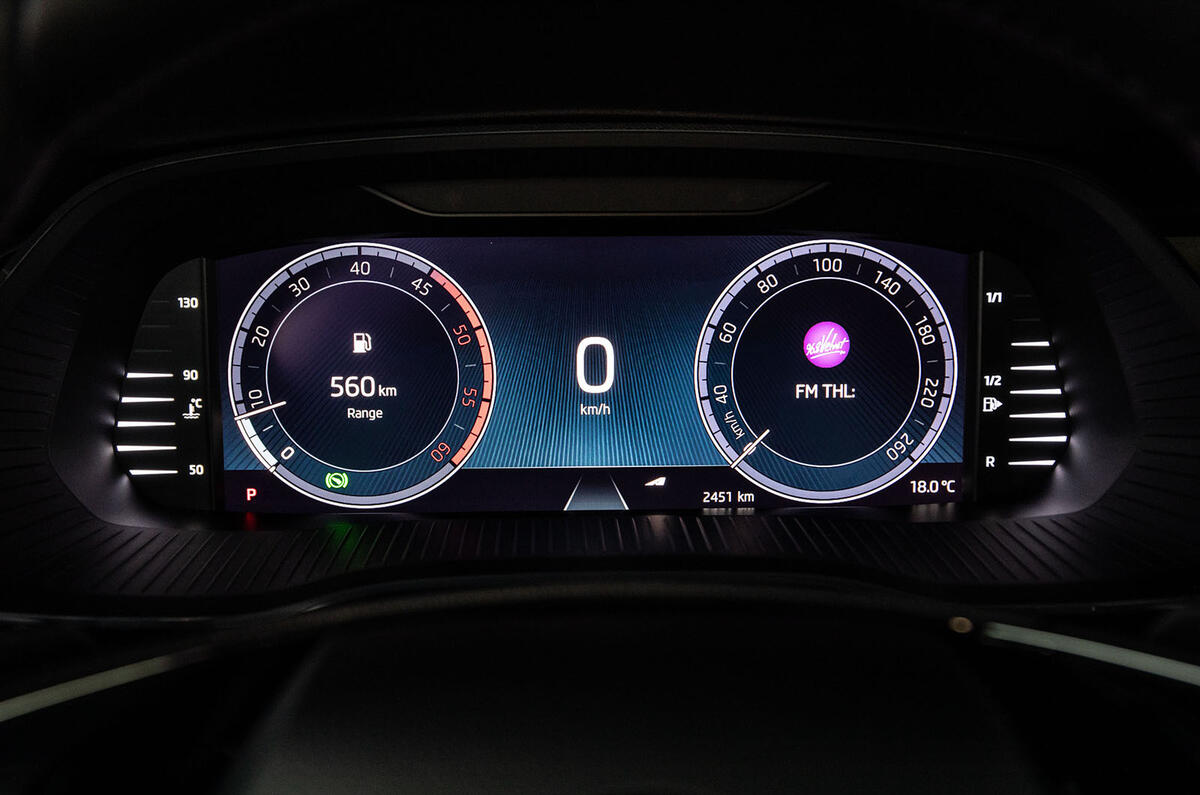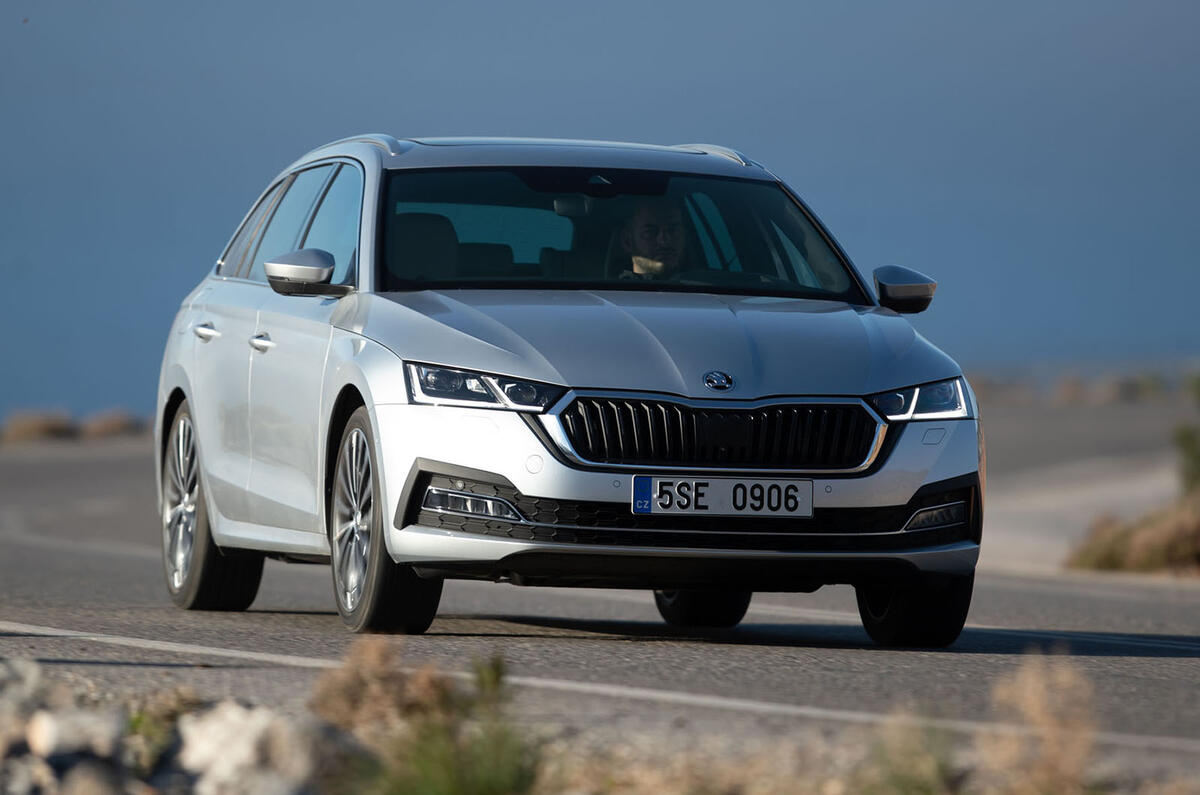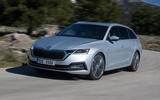Selling practical cars in significant volumes at reasonable prices is what Skoda does best. Nowhere is this more evident than with the modern-day Skoda Octavia, which has gathered more than 6.5 million sales worldwide across three model generations since being introduced to the Skoda line-up back in 1996.
Over that time, the Octavia has regularly accounted for up to a third of production at Skoda’s Mladá Boleslav factory in the Czech Republic and a good deal of its profits as well – all of which leaves the new fourth-generation Skoda Octavia with quite a lot to live up to. Well aware of what’s at stake, Skoda has defiantly risen to the challenge. Despite the ever-growing number of SUV models in the brand’s line-up, it’s clear that the Octavia still demands a great deal of respect among those holding the development budget purse strings. And it’s fully reflected in the attention to detail and depth of engineering displayed by the new model.
Up close, there’s an appealing richness to the Octavia’s design that hints at greater maturity than with any of its predecessors. This is reflected in elements such as its bold new chrome grille, angular headlights, heavily contoured bonnet and deeply etched flanks, plus in Skoda’s claim that the car is up to 14% more aerodynamically efficient than the 2014-2020 Skoda Octavia. As it has for the past 23 years, the Octavia offers a choice of two bodystyles: a liftback or an estate, as tested here. Both will be available from the start of UK sales, which has now been delayed until the second half of 2020, due to the transport restrictions caused by the coronavirus pandemic.













































